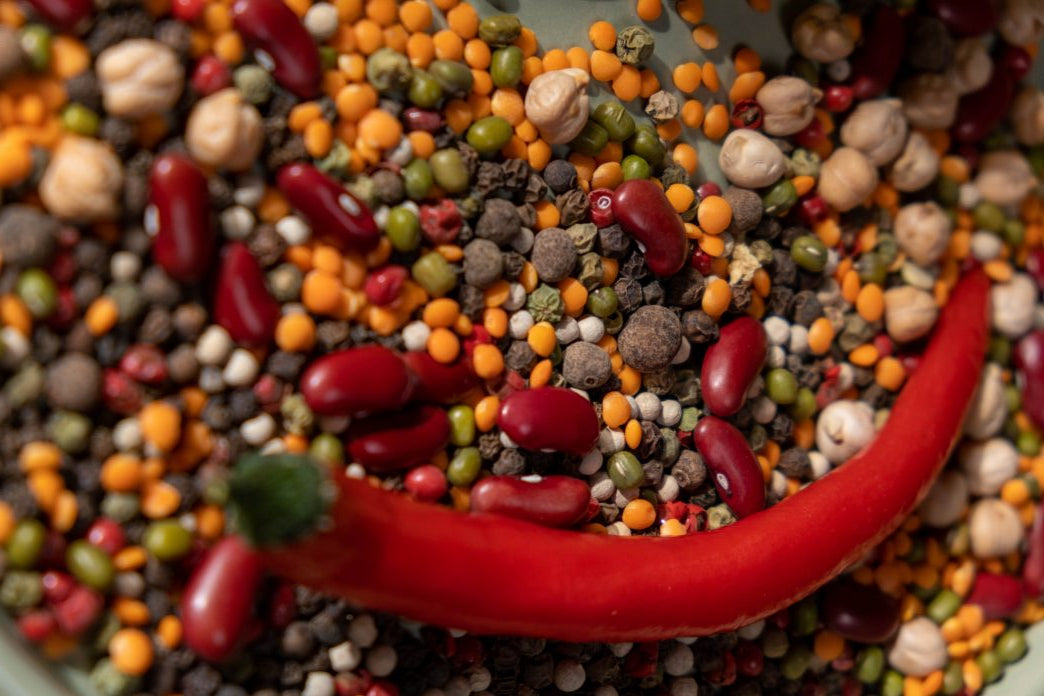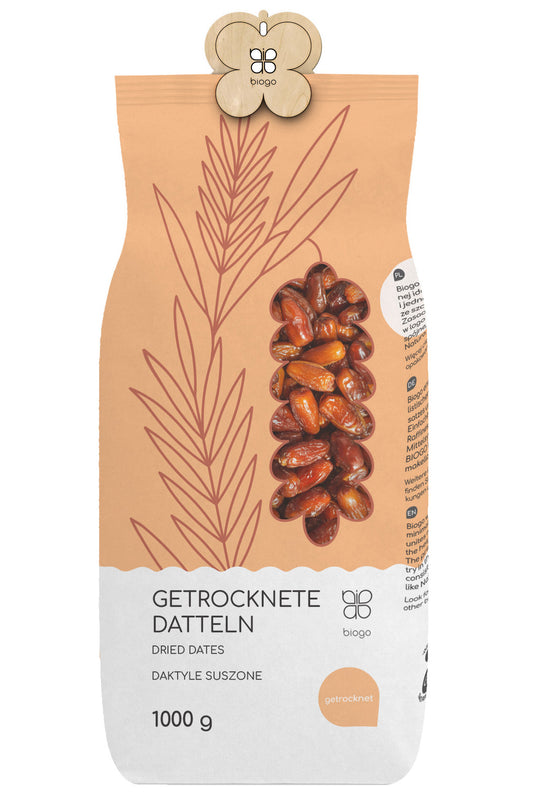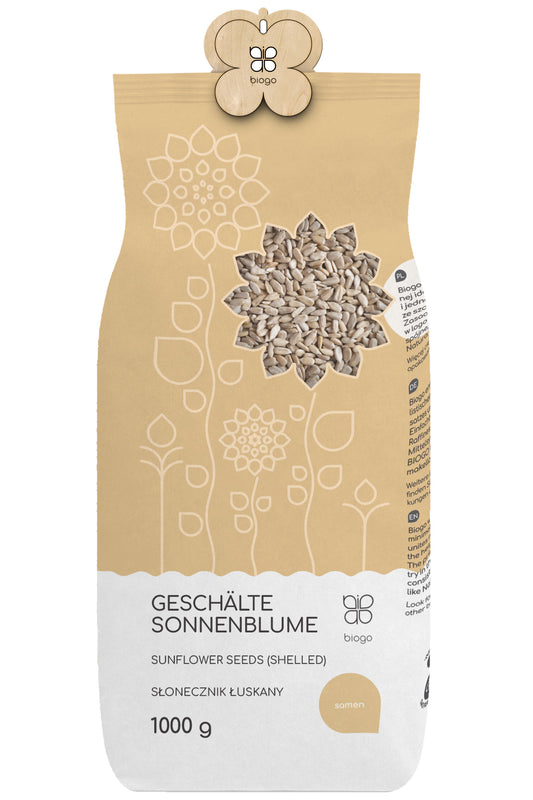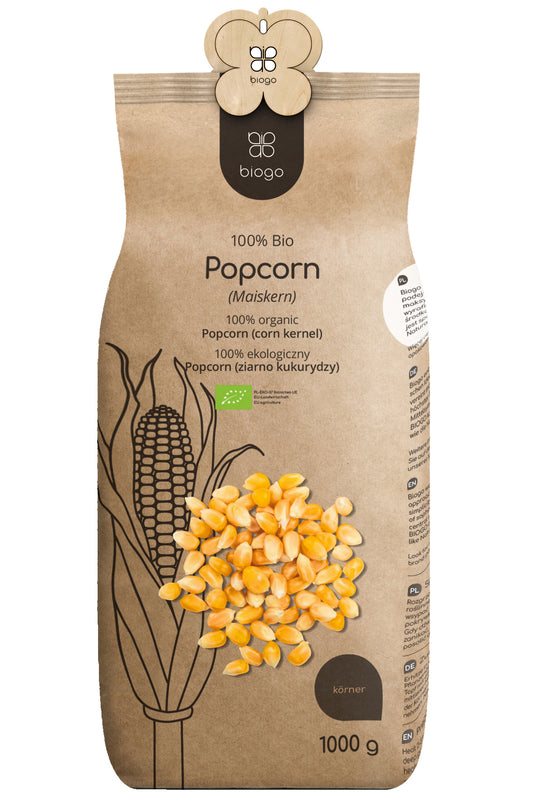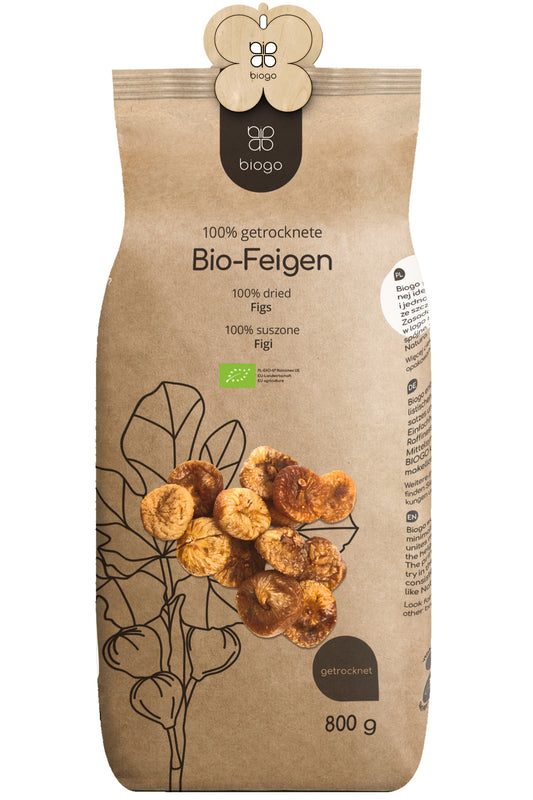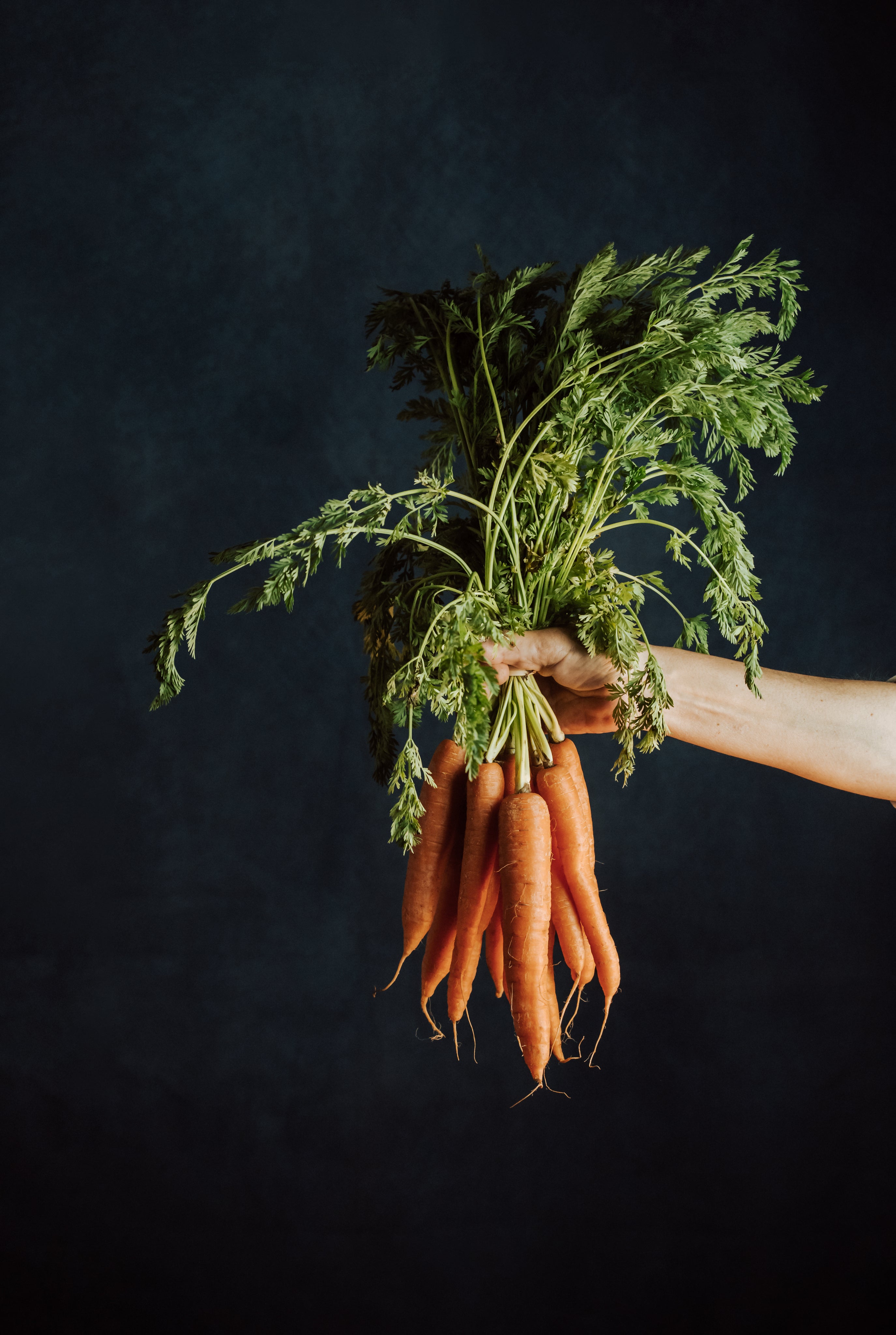Pulses have been used by humanity since the beginning of time. Recently, due to the growing popularity of plant-based diets and the desire to reduce meat consumption, pulses have been making a comeback. We're rediscovering them. Our grandmothers mainly used peas, white beans, and broad beans that grew nearby. Today, we have access to pulses of all colors, shapes, textures, and flavors. We bake pies with them, prepare dumpling fillings, enrich salads, and use them in spreads. Whether traditional, plant-based, or flexi-diets, enriched with pulses only benefits. What's interesting to know about pulses? Find out in this article.
Legumes and digestion
It's not without reason that legumes are considered difficult to digest and cause bloating. This is true, and the gas-forming oligosaccharides they contain are responsible for this. Fortunately, the effects of these sugars can be counteracted by carefully preparing the pods for consumption. First, before cooking, legumes must be thoroughly soaked in soft water with a little salt. Not all pods are the same, so each plant should be treated individually. For example, red lentils require up to half an hour to soak (some people skip this step entirely), while white beans need at least a day. During this time, it's worth changing the water at least once, or doing so shortly before lighting the beans. Cook the pods under a lid in a little liquid (just a few centimeters above the seed surface), saving any salt for the very end. To further combat bloating, use spices when cooking: cumin, coriander, fresh ginger, cumin, savory, or thyme. The addition of kombu, or seaweed, can also be beneficial.
Zero Waste Tip: You can use the liquid from cooked pods (so-called aquafaba) as a base for sauces and soups, or go a step further and make vegan mayonnaise or crispy meringue.
Pulses - Properties and Uses
Lentils, whether red, brown, green, black, or yellow, are among the most easily digestible plant proteins. They have a low glycemic index, contain 116 kcal per 100 grams, and are rich in folic acid (especially needed by pregnant women), iron, and potassium, which can help prevent and treat anemia. They promote satiety and, thanks to their B vitamin content, support the proper functioning of the nervous system. Lentils can be used to make soups, pies, stuffings, or cutlets. They are also used to make flour, which is an alternative for people with celiac disease.
Types of legumes
Chickpeas are quite high in calories, containing 164 kcal per 100 g, but they have so many benefits that it's not worth worrying about. The compounds they contain allow you to cleanse the body of excess sodium, reduce "bad" cholesterol, and prevent anemia. Chickpeas, like lentils, are an excellent source of folic acid and potassium, and their low glycemic index makes them suitable for diabetics. Like lentils, they can be used to make a flour that's very popular among vegans and is especially useful in breading. Chickpeas are also used to make falafel and the famous hummus.
Beans - mung, jas, pinto, red and black are just a few examples of this extraordinary plant. It is impossible to list all the varieties grown around the world. These pods differ in shape, color, composition and calorie content, so their properties should be examined separately, but they have in common, for example, the high content of potassium, calcium and phosphorus and the fact that they contain no sodium. Thanks to the content of thiamine, they can improve concentration and memory and have an antidepressant effect. Beans can be used as an ingredient in pastes, stews, salads or soups.
Broad beans are low in calories (only 74 kcal per 100 g), but people with diabetes should be careful. They have a high glycemic index, doubled when cooked. Fortunately, they can also be eaten raw, especially in season when they're young and resilient. Cooking loses many minerals and vitamins, most of which are found in the skin. You can eat them straight from the bowl, add them to pasta, or make a paste for sandwiches.
Peanuts , or groundnuts, are legumes that grow underground. We know them primarily in the form of salty snacks and peanut butter, but not everyone knows how beneficial their consumption is for our bodies. Their high content of minerals such as zinc and magnesium, as well as vitamins E and B3, makes them worth incorporating into our diets. While they are certainly quite high in calories, they have a low glycemic index. Remember to choose foods without added salt and sugar, if possible.
Soy , although somewhat controversial, is valued as a highly nutritious product (rich in healthy unsaturated fats, making it quite caloric) and with many uses. Soy is used to make most popular substitutes for meat and animal products—tofu, tempeh, soy "dairy" products, and its fermented grains make an irreplaceable soy sauce.
Should you include legumes in your diet?
Peas, green beans, Indian nickel... The world of legumes is extremely rich and diverse. Remember that, despite their wonderful properties, legumes are not the source of everything the body needs. To create a complete meal, pulses should be combined with grains, nuts, and green vegetables. They have a clearly positive effect on our health and well-being, so it's worth getting acquainted with them. ATTENTION! People suffering from gout, liver, and gastrointestinal diseases should consult a doctor first or... simply avoid them. However, if there are contraindications, reach for the pods!
THE PUBLISHER'S CHOICE
Dried dates 1 kg BIOGO
- €4,21
€4,95- €4,21
- Unit price
- / per
Almonds 1 kg BIOGO
- €11,69
€13,75- €11,69
- Unit price
- / per
Peeled sunflower seeds 1 kg BIOGO
- €3,04
€3,57- €3,04
- Unit price
- / per
Dried organic mango 400 g BIOGO
- €10,99
- €10,99
- Unit price
- / per
Dried White Mulberries 500 g ORGANIC
- €5,84
€6,87- €5,84
- Unit price
- / per
Popcorn (corn kernels) organic 1 kg BIOGO
- €5,84
- €5,84
- Unit price
- / per
Organic Ground Turmeric 500 g BIOGO
- €5,92
- €5,92
- Unit price
- / per
Milk thistle seeds 1 kg BIOGO
- €3,99
- €3,99
- Unit price
- / per
Dried organic figs 800 g BIOGO
- €30,12
- €30,12
- Unit price
- / per
Bag #changezbiogo Cotton v.2
- €3,27
- €3,27
- Unit price
- / per


















































































































